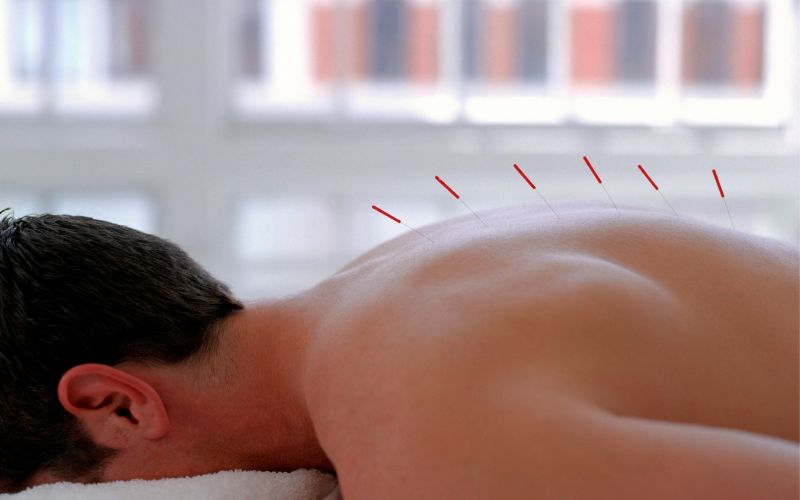Dr. Allison Gross: Preventing winter injuries through smart movement and care
As Calgary braces for another snowy season, Dr. Allison Gross, chiropractor at Mount Royal University’s Injury & Prevention Clinic, is helping Calgarians stay active, healthy and pain-free when winter hits.
With nearly three decades of experience — including more than 20 years at MRU — Dr. Gross has dedicated her career to helping people move better and recover faster. For her, the key to staying motivated over 30 years is simple: seeing results.
“In chiropractic care, I get to see results instantly — pain relief, better movement, less worry,” she says. “Those moments of reassurance and connection with clients are what keep me passionate about what I do.”
The hidden dangers of snow shovelling
Each winter brings a familiar challenge: sudden snowfalls and icy sidewalks — and with them, a surge in injuries.
“It comes out of the blue,” says Dr. Gross. “People aren’t used to that kind of physical effort. They’re frustrated, unprepared and just want to get their shovelling done. That’s when injuries happen.”
The most common issues she sees are lower back strains, hip pain and shoulder injuries — the last one often catching people by surprise.
“People expect their back to get sore,” she explains. “But shoulder pain catches them off guard.”
Even those who stay active year-round aren’t immune.
“We’re not training for this,” she says. “Snow shovelling is repetitive and one-sided — similar to certain sports that carry high injury risks. Variety in movement is always best.”
Dr. Gross’s top snow shovelling safety tips
Before tackling the driveway, a few small steps can make a big difference.
-
Warm Up First
Take a five- to ten-minute walk or climb a few flights of stairs. Stretch your hips, back and shoulders — tight hips, in particular, can increase strain on your lower back.
- Use Proper Technique
Avoid twisting. “It’s a recipe for disaster,” says Dr. Gross. Keep the shovel square to your body, lift with your legs and hips, and engage your core in a squat-like motion. She says, “Take smaller loads. More lifts means lighter weight.”
- Choose the Right Equipment
Skip oversized shovels. A smaller, lightweight plastic shovel is easier on your body and a shorter handle keeps weight closer to your center of gravity. Proper footwear is crucial — good traction or spikes can prevent slips and falls.
- Know When to Take a Break
“If you’ve been out for more than five to ten minutes and start feeling sore, tired or a burning sensation — stop,” says Dr. Gross. “Take a break, go for a short walk, and check in with how you’re feeling.”
For older adults or anyone with chronic joint or back issues, she recommends delegating the job altogether. “At some point, it just makes sense to let someone else do it.”
How the MRU Injury & Prevention Clinic can help
The MRU Injury & Prevention Clinic offers comprehensive care for both acute and chronic pain.
“We’d rather help prevent injuries,” says Dr. Gross. “But if you’re already dealing with pain, new or chronic, we can help you recover and return to normal movement quickly.”
The clinic’s multidisciplinary team, including physiotherapists, massage therapists and chiropractors — provides evidence-based care through a dynamic approach.
“If you’ve had shovelling-related pain before, come in and get checked,” she adds. “Understanding why it happened helps us prevent it from coming back.”
Getting winter-ready
Dr. Gross advises treating snow shovelling like any new workout: start slow and build up gradually.
“Think of it as a seasonal change in your routine. Begin with walking and stretching — just start moving.”
Her final winter tip? “Good shoes. Slips and falls are just as dangerous as lifting injuries. Get proper footwear — or spikes if you need them.”
Snow shovelling may seem simple, but Dr. Gross reminds everyone it’s a full-body workout that demands respect.
“Be smart, pace yourself and get help if you need it. Your body will thank you.”
Book an appointment
Prepare your body for another season of snow shovelling
Contact MRU’s Injury & Prevention Clinic:
403.440.6917
mruclinic@mtroyal.ca
Read this next
Getting to the Point - The Benefits of Accupuncture
Acupuncture’s roots can be traced back more than 3,000 years, but its integration into mainstream Western medicine has been a more recent phenomenon. We sit down with Dr. Sarah Twelvetree to discus why acupuncture remains a mystery to so many.
READ STORYConnect with us
Address
4825 Mount Royal Gate SW
Calgary, AB T3E 6K6
U216, Wellness Services
Hours of operation
Monday - Friday: 8 a.m. - 8 p.m.
Saturday: Closed
Sunday: Closed
Subscribe to our newsletter



